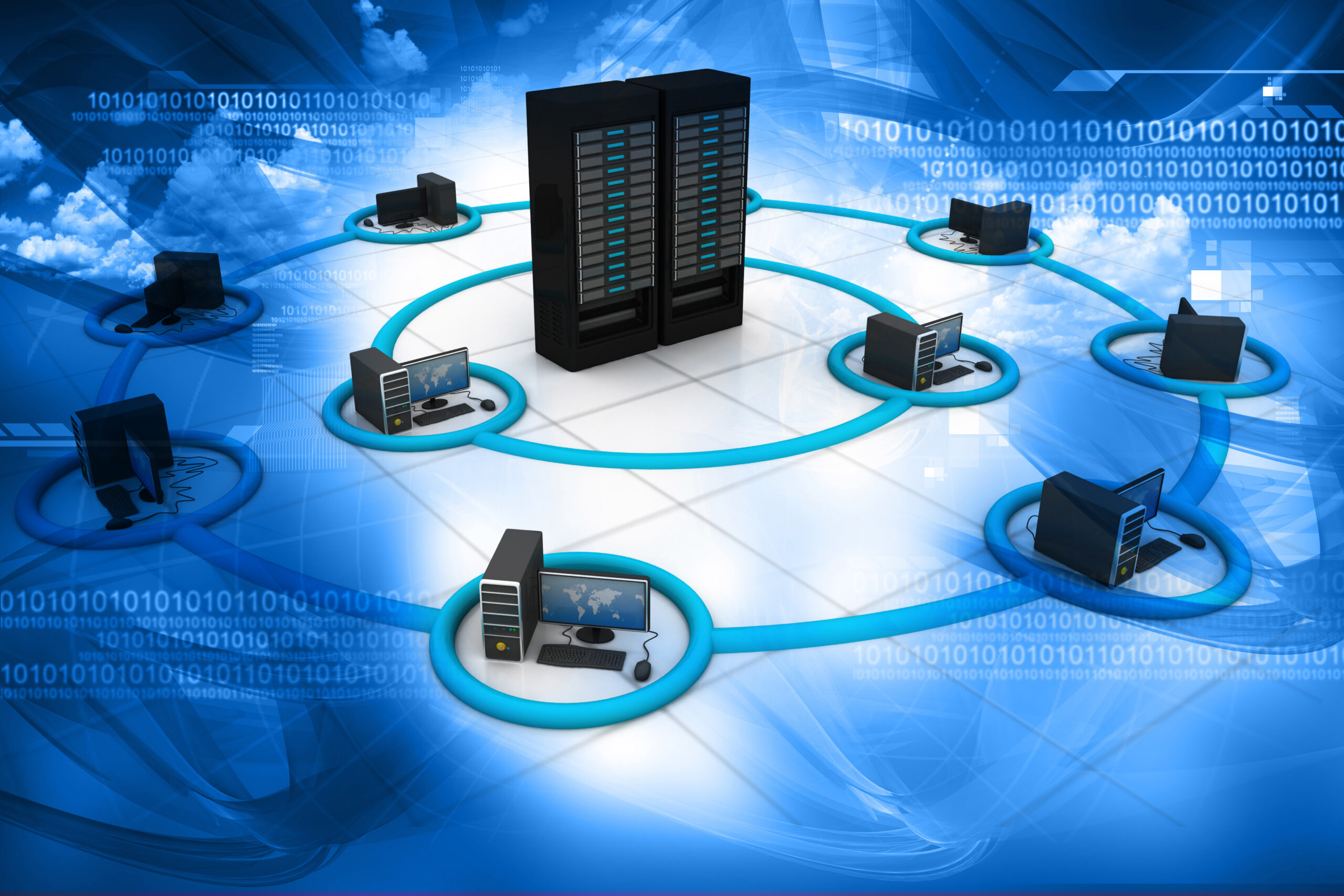You already know: data has become the cornerstone of innovation, efficiency, and improved customer experiences across industries. Traditionally, organizations have relied on centralized data processing models, where information from edge devices is transmitted to central servers for analysis and real-time decision-making.
While this approach offers certain benefits, such as streamlined data management and robust security measures, it also introduces hidden costs—financial, environmental, and operational—that can hinder progress.
Edge computing and edge intelligence present a transformative alternative by processing data closer to its source, mitigating these challenges and unlocking new opportunities.
Read on to learn about the challenges – both operational and environmental – of centralized data processing, and how a unified data platform solves them.
Table Of Contents
The Unseen Burden of Centralized Data Processing
Centralized data processing involves the continuous transfer of data from remote devices to central servers. This model incurs substantial costs in bandwidth and storage. For example, financial institutions implementing edge computing have reported an average 43% reduction in data transmission expenses by processing and filtering data locally before sending only relevant information to central servers. This localized approach not only reduces bandwidth consumption but also alleviates network congestion.
Additionally, the operational inefficiencies associated with centralized systems are significant. Data must often traverse long distances to reach central repositories, introducing delays and increasing dependency on high-speed internet connections. In scenarios like manufacturing or healthcare—where intelligent real-time responses are critical—this latency can lead to costly downtime or compromised outcomes.
Environmental Costs of Centralized Data Centers
The energy demands of centralized data centers are immense. In 2022 alone, data centers accounted for approximately 1–1.3% of global final electricity consumption.
This heavy reliance on energy translates into a substantial carbon footprint that contributes to climate change. Data transmission networks add another layer to this environmental impact, consuming significant amounts of electricity as they facilitate the movement of massive datasets.
Edge computing offers a sustainable solution by reducing the need for extensive data transmission. Localized data processing minimizes energy consumption associated with transferring large volumes of information across networks. For industries aiming to align with sustainability goals, edge computing provides a pathway to lower carbon emissions while simultaneously reducing operational costs35.
Operational Challenges: Latency and Reliability
Latency—the delay between a user’s action and the system’s response—is a critical factor in centralized systems. Physical distance between edge devices and central servers often results in higher latency, which can be detrimental for applications requiring immediate responses. For instance, autonomous vehicles or industrial automation systems rely on split-second decision-making; delays caused by centralized processing can lead to inefficiencies or even catastrophic failures46.
Edge computing addresses this challenge by bringing computation closer to the source of data generation. By processing information locally at the edge device itself, latency is reduced significantly—often by 10–20 milliseconds or more. This improvement enhances real-time capabilities for applications such as predictive maintenance in manufacturing or patient monitoring in healthcare.
Moreover, centralized systems introduce risks associated with single points of failure. A network outage or system crash can disrupt operations entirely if all processing depends on a central server. Edge computing mitigates this risk by distributing processing power across multiple edge devices, ensuring uninterrupted functionality even during connectivity issues.
Real-World Applications of Edge Computing
Edge computing has proven its value across multiple industries by enabling smarter operations and reducing costs:
- Manufacturing: IoT sensors embedded in machinery allow manufacturers to analyze temperature, vibration, and pressure data locally using edge computing. This enables predictive maintenance that reduces downtime and prolongs equipment life. Additionally, real-time quality control powered by edge intelligence minimizes waste by detecting defects during production rather than post-manufacture.
- Healthcare: Wearable devices equipped with edge computing capabilities process patient vitals locally for real-time monitoring. For example, Medtronic uses edge-enabled insulin pumps to adjust doses dynamically based on patient needs.
- Smart cities: Urban areas benefit from edge-enabled traffic management systems that optimize vehicle flow by analyzing congestion data locally at intersections. Similarly, smart energy grids powered by edge computing improve energy efficiency and reduce outage times during natural disasters.
A Smarter and Greener Future
As industries increasingly prioritize sustainability alongside operational efficiency, transitioning from centralized systems to edge intelligence becomes imperative. By eliminating hidden costs—such as excessive bandwidth usage, energy consumption, and latency—edge computing empowers organizations to make smarter decisions while reducing their environmental footprint.
By embracing edge intelligence platforms like Volt Active Data, businesses can mitigate inefficiencies inherent in traditional systems while enhancing responsiveness and scalability. The result is not only reduced operational expenses but also a greener future where technology aligns seamlessly with environmental stewardship goals.
Edge computing is paving the way for industries to operate smarter while conserving resources—a win-win scenario for businesses and the planet alike.
Volt Active Data: A Unified Edge Intelligence Platform
Volt Active Data exemplifies how edge intelligence can revolutionize data processing. Its platform integrates real-time analytics, artificial intelligence (AI), and edge computing into a unified solution that addresses key inefficiencies inherent in centralized architectures:
- Minimal data transmission: By processing data at the edge, Volt ensures that only essential information is sent to central systems, reducing bandwidth costs and network congestion.
- Ultra-low latency: Real-time processing allows immediate action for time-sensitive applications like autonomous systems or financial transactions.
- Scalability without compromise: Organizations can expand their operations without encountering the fragility or complexity often associated with centralized systems.
Get started with Volt today.




